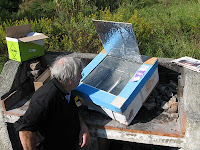parties. At 10 now nine teams took to the water, with a wind that at times reached the twenty knots from the south-south-west to compete on a windward-leeward course of approximately one mile from repeated twice. Vince
Deneb, the boat skippered by Salvatore Lia, followed by Matthew Menkent Cezza and ChiChi Romano Healy. Poorly
jennakers and spinnakers. But they swear that they will soon be done to push hard in the carriers.
not missed some small problem that forced him to retire two of the nine boats.
With the race even started a blog that wants to be something of a diary of the season and on which all are invited to write directly posting comments or publishing your material.
Next meeting November 28. We are waiting and with the same spirit.
Good wind.
Deneb
Menkent
Avalakira
























